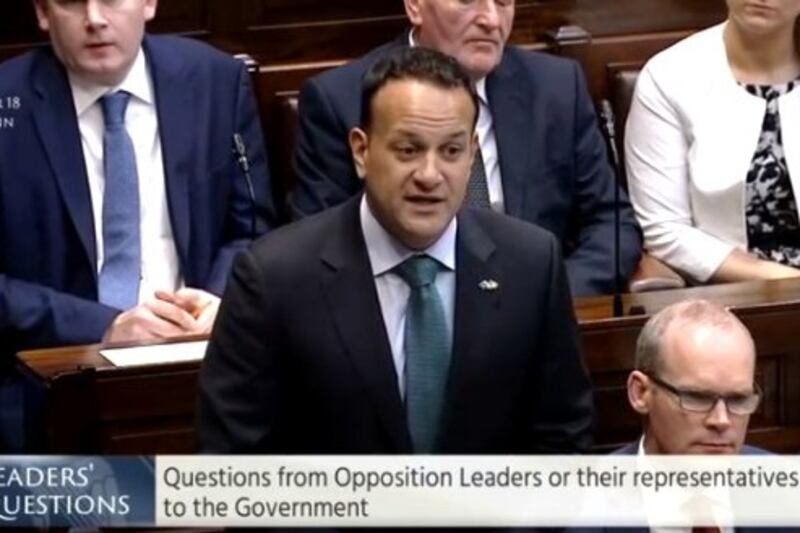The draft EU-UK withdrawal agreement, running to 400 pages, is the text of a legally binding treaty that seals the terms under which the UK leaves the EU.
Its provisions, defining outstanding obligations and establishing a transition period in which both sides can adjust, range from dividing up common property, securing the rights of each others’ citizens “left behind” and agreeing a departure bill or alimony for the UK.
And, crucially, a special protocol on Northern Ireland provides a backstop guarantee that will safeguard Ireland's soft border, guarantees continued security co-operation, protects the Common Travel Area and safeguards both human rights and the 50-odd cross-Border programmes that have come out of the Belfast Agreement. Safeguarding the Belfast Agreement is explicitly provided for.
The agreement will now have to be ratified by member states, the European Council, the European Parliament and the UK parliament before Britain leaves the EU on March 29th.
In the months ahead the two sides will start to negotiate a treaty on their future relationship, focusing largely trade relations, a relationship that has beeb sketched out in a draft common political declaration that will be approved, but without binding force, at the same time as the withdrawal agreement.
The withdrawal agreement provides that Britain will honour all its financial commitments to Brussels under an agreed formula which is widely but conservatively estimated to put the bill at some €40 billion. London will continue to pay into the EU budget during transition until the end of 2020 as if still a member.
The agreement maintains the existing EU residence and social security rights of more than three million EU citizens in the UK, and about one million UK nationals living on the continent.
The settlement allows an EU national to claim permanent residence in the UK, retain most family reunion rights enjoyed today and, if eligible, to claim UK benefits even if they or their children move overseas.
Backstop
Protecting those rights, the UK promises to pay "due regard" to the jurisprudence and rulings of the Court of Justice of the European Union. But the UK will not be bound by it.
The treaty provides for a transition period for the UK until the end of 2020, which can be extended for an unspecified one-off period, set by mutual agreement. During this period Britain would leave the political institutions of the EU, losing its say over rules and decisions. But it would continue to apply EU law in full. Little will change for businesses and citizens during that period.
And during that time the future relationship agreement will be negotiated.
In the Northern Ireland protocol the backstop is safeguarded by agreement that the UK will remain in a temporary all-UK customs union while also applying extra regulatory controls between it and Northern Ireland. The UK also makes unilateral promises to minimise divergence with Northern Ireland by adhering to EU single market rules for goods, so keeping open the flow of trade to the UK.
While Northern Ireland will apply the full “union customs code”, which sets the border for the free movement of goods within the EU, the UK would apply a more basic customs union model.
This would avoid the need for tariffs, quotas and rules of origin in UK-EU trade.To ensure a “level playing field” for business, the UK commits to follow EU competition rules and promises to keep some existing laws on labour, environment and taxation.
A joint committee will agree when the conditions permit the backstop to lapse. Trade in fish is excluded from the customs union.














